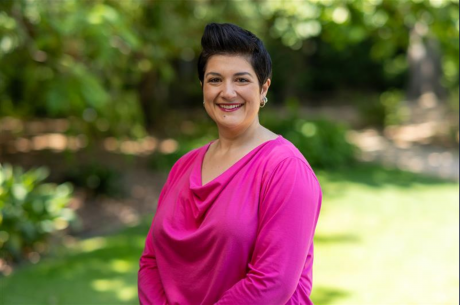Australia currently silos its "care sectors" - aged care, disability, child protection, housing etc. All these sectors are at best struggling, while others are simply collapsing, such as aged care. We know, because various royal commissions into these areas tells us, that things must change but how can we make the Australian care sectors be fit for purpose?
The concept of the care economy gets rid of those costly and ineffective silos. Covering life from birth (maternal and child-care services) to health care and all the way to death (aged care, palliative care and end of life care), at some stage, our lives will undoubtedly intersect with part of the care economy more than once.
At present - aged care, disability services, family services, social housing, mental health services and rural and remote care - are all accessed, and largely funded, separately. When, in fact, dealing them as a single service devoted to the spectrum of life from birth to death would not only save money and efficiency but operate in a synergistically beneficial way, reducing and even eradicating fragmentation, overlaps and duplications such as younger people with disability who often go to residential aged care as there is no fit for purpose place for them.
With more than 1.8 million workers, the care economy is the nation's single biggest employer, is the fastest growing sector as measured by jobs growth and employs more women than men.
Central to the idea of the care economy is shifting from seeing these agencies as welfare and a drain on the economy to one of productivity and investment. Not necessarily a cash cow, but not a drain on the economy either.
In 2017, when the Productivity Commission reviewed the then proposed National Disability Insurance Scheme, it stated that a well-funded, effective system of disability support would pay for itself by increasing workforce participation by both carers and people with disability. The same conclusion was reached by Victoria's Royal Commission into Family Violence.
So - not welfare but programs that would at the least pay for itself or best, generate federal or state income.
This week's Jobs Summit, with its focus on the care economy, hopefully means that, rather than throwing money at individual sectors the aim is to truly transform the entire care space so it is innovative, sustainable, synergistic and run like what could be one of the nation's largest industries.
By reshaping the lens, by investing in developing an integrated sector of the care economy, we could create a program that looks after all Australians and pays for itself. Wouldn't that be a revolution?
Professor Irene Blackberry is the John Richards chair of rural ageing and aged care research and director of the John Richards Centre at La Trobe University.
This article first appeared in The Canberra Times


